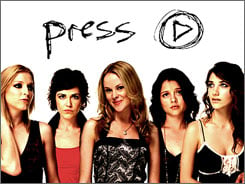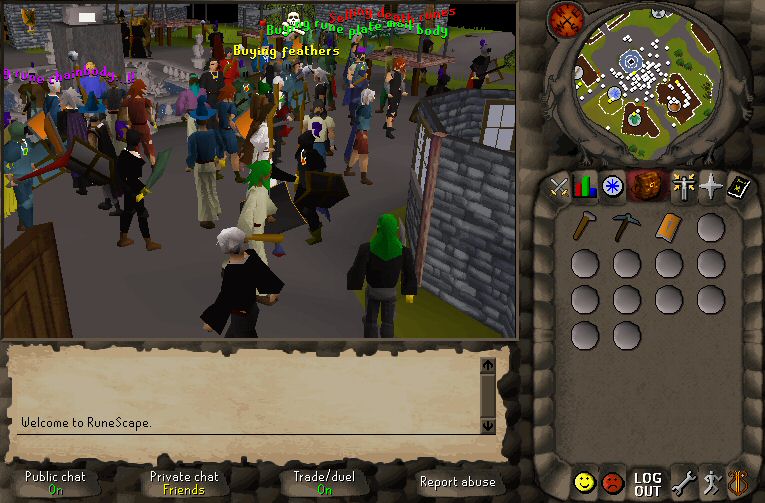
Break.com is considering charging users for content. WHAT? What happened to the currency of the Internet? Free? The only content we've ever paid for is going to the movies. We already pay for connecting to the Internet, how can you charge us more?
Break.com will attempt to address these questions and more as investors are going to start wanting to see some type of revenues from their investments. Break (one of the top 10 video sharing sites; 310 overall, but well behind #1 YouTube) will start charging a subscription fee for exclusive content. They've already created advertiser sponsored channels (more of an Internet model) for companies like Keystone Beer. Keystone gets to pick which videos they want for their brand sponsored channel.

We've been talking about how to monetize online video for quite a while. Advertising can only provide so much for free especially with the coming glut of user generated video. The refreshing thing for professionals is that sites like Break.com and others realize the potential for professionally created content. Can Break get subscribers for professionally based content? Hard to say. After all, I'd say Internet video is more like television and we've never had to pay for television at least not in an obvious manner (meaning that we all pay for HBO but we don't really see that bill when we flip the TV on). As previously mentioned, theatrical films, some pay per view events, and recorded media are the only things we've ever paid for.
If Break.com starts charging what does this mean? Advertisers, who will probably snag the best content, will have their channels subscribed to more often not only because they have the best content but because it will be free. If a Sopranos type show appears online, then perhaps users will be compelled to pay for it. However, once it appears online, there's very little that companies can do to prevent it from showing up on the YouTubes of the world. Sure there's the DMCA takedown but not after a few million potential paying customers already viewed the content.

And thus, I find that pure subscription will have a tough time finding an audience. Here's a solution. Remember watching soccer games on television (or am I in the minority on this one?) Soccer has no breaks so they only time to serve up advertising is up on the upper third dashboard next to time left, half, score, and station identification. Can't we simply overlay an advertiser over the bottom sliver of a video - we already see this with the station identification watermark in the lower right hand corner? If we do this, and I guess we should wait to see how Keystone turns out, will we be turning all of our great content into another Bud.tv fiasco?
































